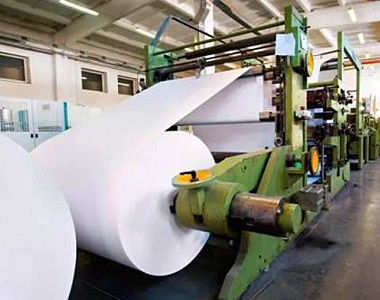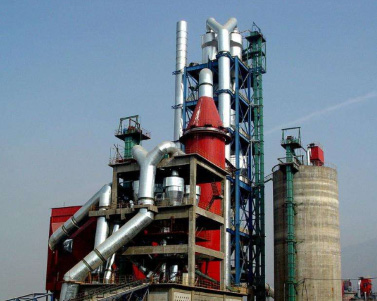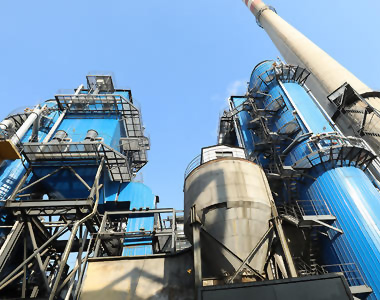
Almost all mechanical equipment cannot do without lubrication, and equipment failures are closely related to lubrication failures. Although lubricating oil may only account for 0.5% to 1.5% of the total operating cost of equipment, over 40% of mechanical equipment failures are caused by improper use of lubricating oil or substandard lubricating oil quality. Therefore, it is necessary to promote the application of high-performance lubricating oil and purification of contaminated oil to extend the oil change cycle of equipment, reduce equipment failures, save maintenance costs, and extend the service life of equipment. The equipment failures caused by lubricating oil can be attributed to two aspects, namely the quality issues of the lubricating oil itself and the changes in the performance indicators of the lubricating oil during use. It is necessary to regularly monitor the physicochemical indicators of equipment oil and the tribological properties of lubricating oil in order to take timely preventive measures and avoid unnecessary losses. By analyzing the changes in lubricating oil performance parameters, the working status of the main parts of the machinery can be indirectly understood, and the working condition of the equipment can be monitored in a timely and accurate manner.

Oil monitoring and diagnosis mainly include changes in physical and chemical performance indicators of lubricating oil, changes in operating parameters of lubricating oil such as oil pressure, and changes in frictional properties of lubricating oil.


Oil monitoring is a tribological system monitoring process, and the monitoring content mainly includes
There are four aspects to consider: oil degradation, oil pollution or water ingress, metal wear particles, and tribology.
Through infrared spectroscopy analysis of oil products, particle counting, oil performance indicators, and tribological performance testing analysis. Due to the fact that a large number of mechanical equipment failures are caused by poor lubrication, monitoring the deterioration and pollution of the oil itself is beneficial for timely elimination of equipment failure hazards and prolonging the overhaul cycle of equipment.
Starting from oil monitoring, mechanical equipment fault diagnosis can accurately predict the cause and location of faults, monitor the operation of equipment more comprehensively, and use early prediction to timely discover and eliminate hidden dangers of equipment faults, reducing losses.
At present, advanced industrial friction and wear diagnosis methods are based on lubricating oil diagnosis, and guide equipment maintenance and repair by analyzing the lubricating oil system. Due to the wear and debris entering the lubricating oil during the operation of the equipment, the operation status of the machinery can be determined by analyzing the properties of the lubricating oil. In some cases, abnormal vibration is a precursor to equipment failure, and analyzing debris can obtain relevant information inside the machinery. Combining the physical and chemical testing of lubricating oil with the analysis of debris in lubricating oil can help with mechanical diagnosis and comprehensive prevention analysis. And debris monitoring uses the analysis of debris morphology and composition to determine whether the system is adjacent or in a faulty state.


Common methods for detecting debris
Atomic emission spectroscopy, atomic absorption spectroscopy, X-ray fluorescence spectroscopy, iron powder recording method, and electromagnetic and magnetic chip detection methods.
It should be noted that debris as a post diagnosis can only play a role in fault diagnosis to a certain extent. Taking the monitoring of worm gear wear under the lubricating oil of the worm gear box as an example, the debris analysis results show that the mechanical impurity content of the lubricating oil is as high as 5%. The spectral analysis results show that the iron, copper, and silicon in the lubricating oil seriously exceed the standard. The iron spectrum monitoring results show abnormalities, and the dismantling inspection reveals severe wear of the worm gear. However, in reality, dismantling and inspection can only be determined by the excessive impurity content in the oil or the abnormal concentration of metal elements such as iron in spectral analysis.


Detection of contaminated oil purification
The oil contamination for diagnosing equipment failures can be divided into: deterioration of the oil itself, oil contamination or water ingress caused by equipment operation, and metal wear particles. How to ensure the normal operation of the equipment while purifying contaminated oil can be achieved by using a centrifugal oil filter for online separation. Thereby improving the performance of lubricating oil, prolonging the oil change cycle of equipment, reducing equipment failures, saving maintenance costs, and extending the service life of equipment.
The high-efficiency centrifugal oil filter designed, developed, manufactured, and sold by Jiangxi Meifei Environmental Protection Technology Co., Ltd. integrates the advantages of various types of oil filtration equipment. It adopts a high-precision centrifugal filtration device and utilizes the high-speed rotation of its centrifugal body to purify various metal wear particles, water, gases, and other pollutants in polluted oil, achieving rapid separation. The Meifel centrifugal oil filter has advantages such as no need for consumables, high-speed automatic continuous drainage, wide applicability, convenient mobility, online and offline applicability, and multifunctional protection. It has served more than 160 large industrial enterprises both domestically and internationally, and has received high praise for its good reputation and high-quality service.
Centrifugal oil filters are widely used in modern industries such as steel, electricity, chemicals, shipbuilding, machinery manufacturing, papermaking, plastics, ceramics, and environmental protection; Suitable for purifying and separating hydraulic oil, lubricating oil, gear oil, and oil film bearing oil with viscosity ranges from 25 # to 460 #.


Disclaimer: All articles, images, and videos are for learning and communication purposes. The article is from the internet and the copyright belongs to the original author. If there are any issues related to the content, copyright, or other aspects of the work, please contact us promptly to delete it!
Phone: 0795-3698688
Fax: 0795-3698688
Email: MFR_2019@163.com
Tiktok: MFR6860088
Address: Building 16, Lithium Battery New Energy Industrial Park, Industrial Avenue, Binjiang Town, Yuanzhou District, Yichun City, Jiangxi Province






E-mail:MFR_2019@163.com
Address:Building 16, Lithium Battery New Energy Industrial Park, Industrial Avenue, Binjiang Town, Yuanzhou District, Yichun City, Jiangxi Province
